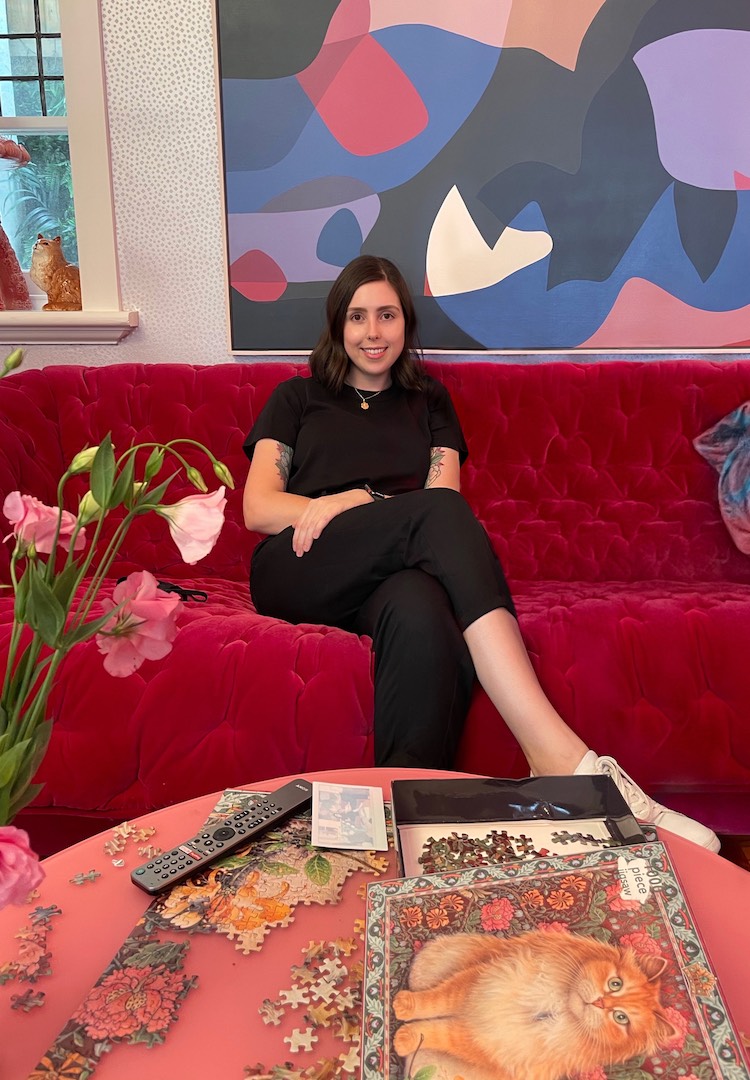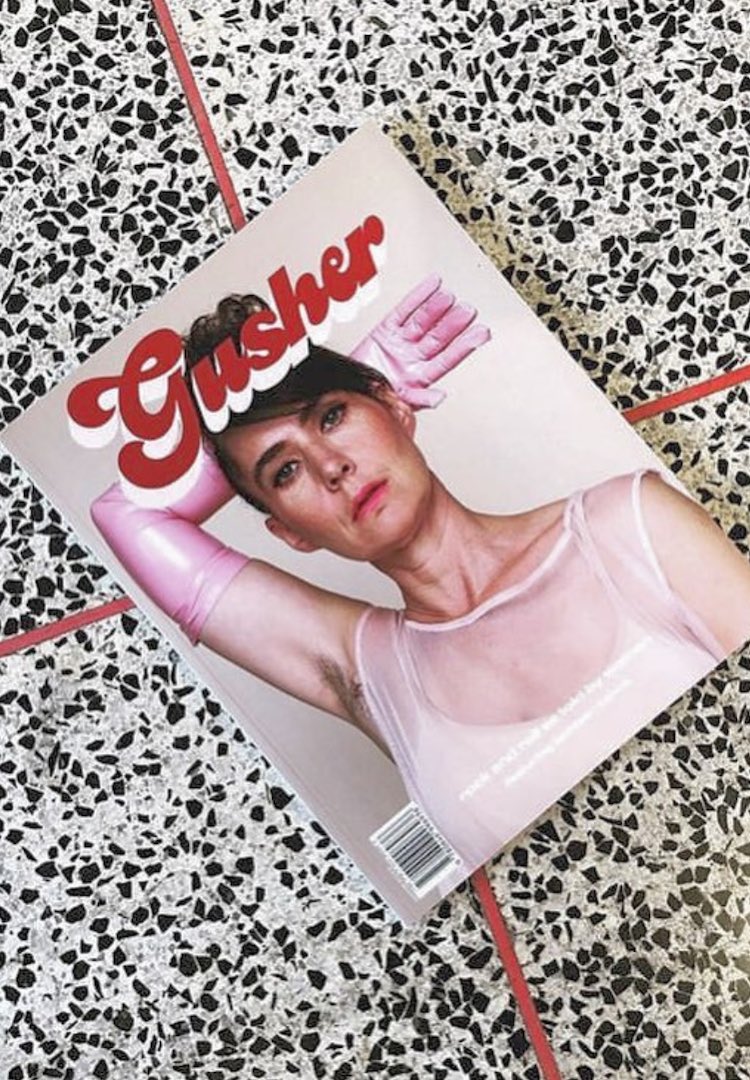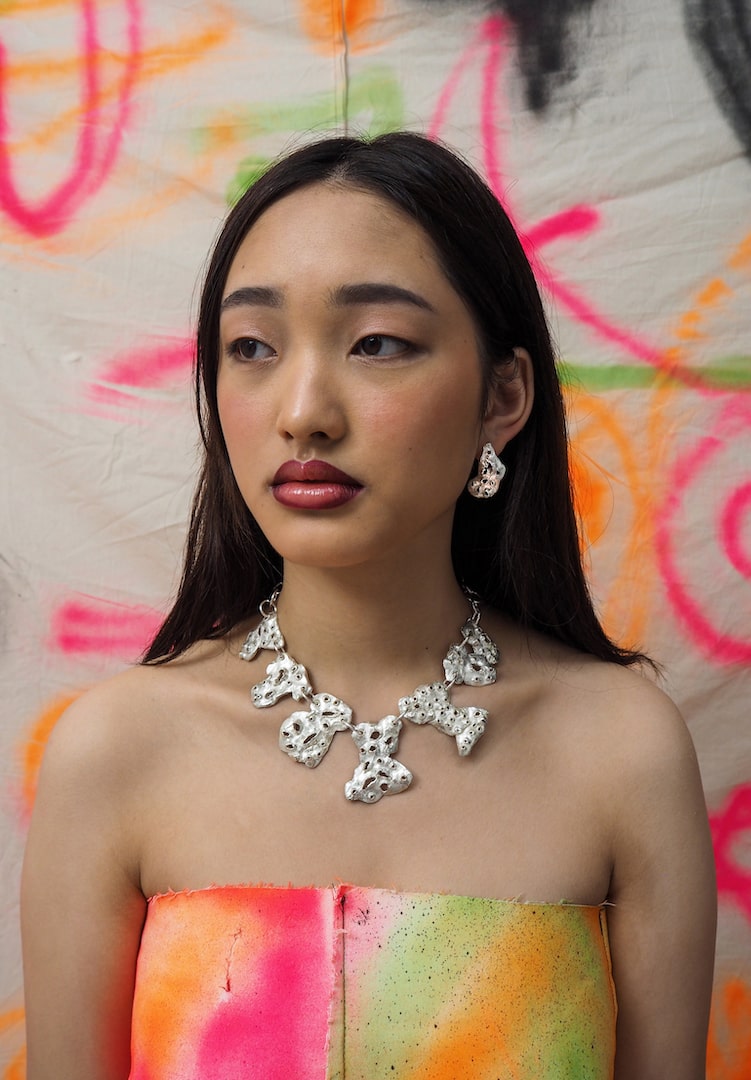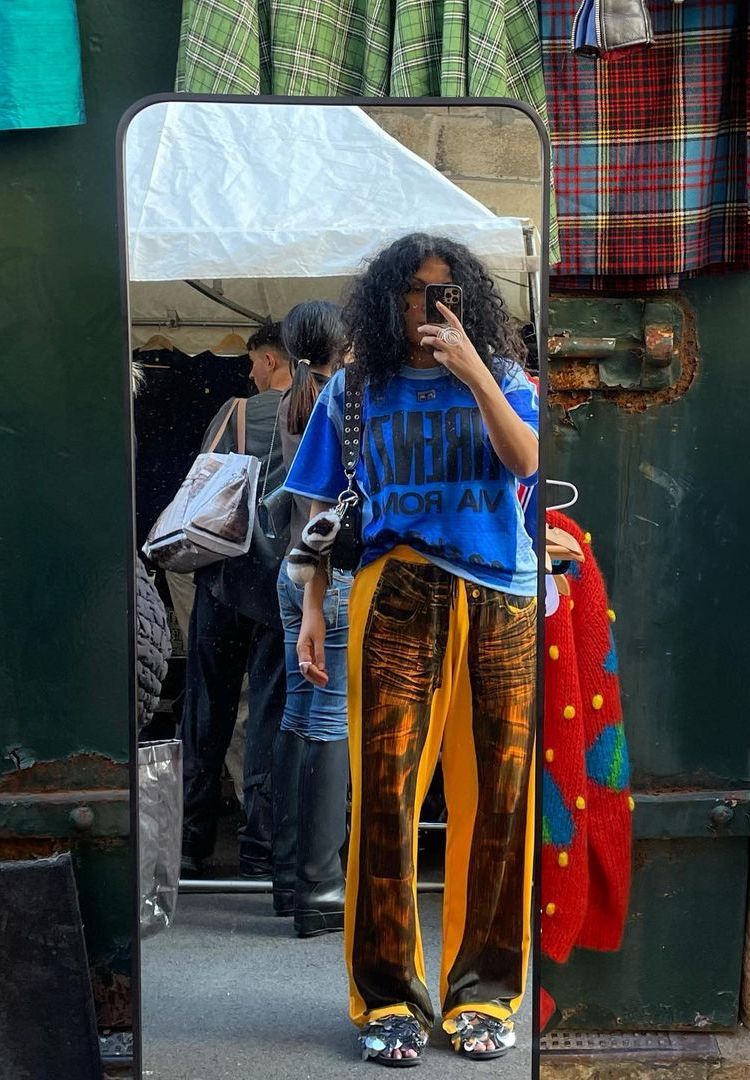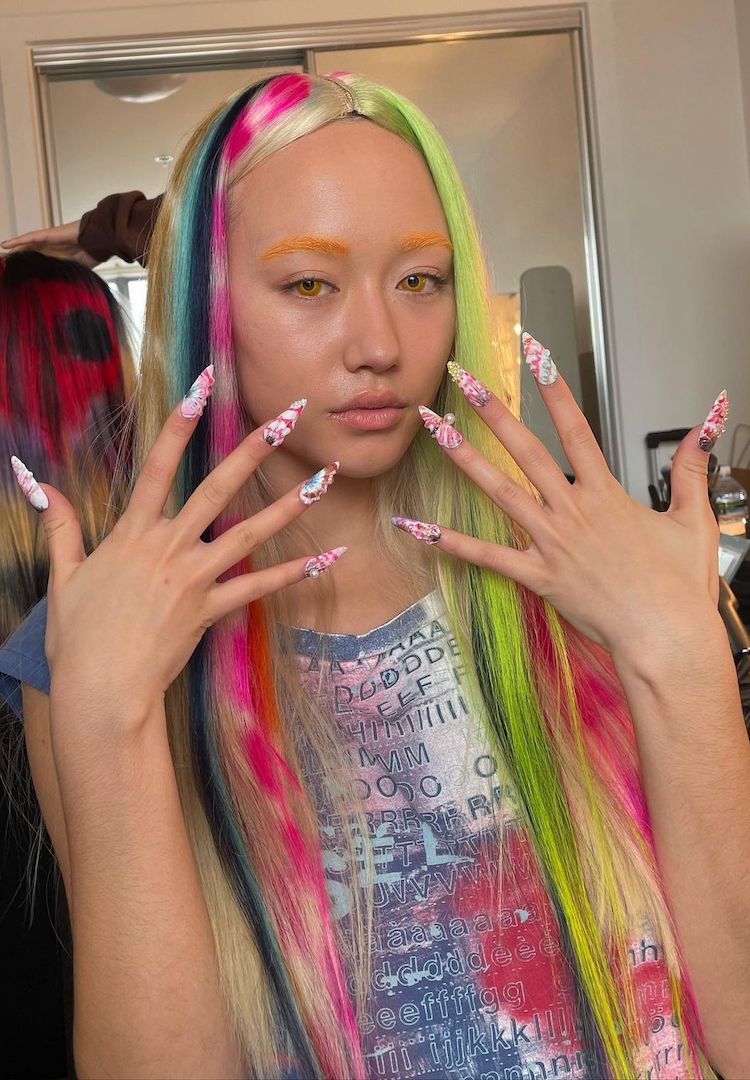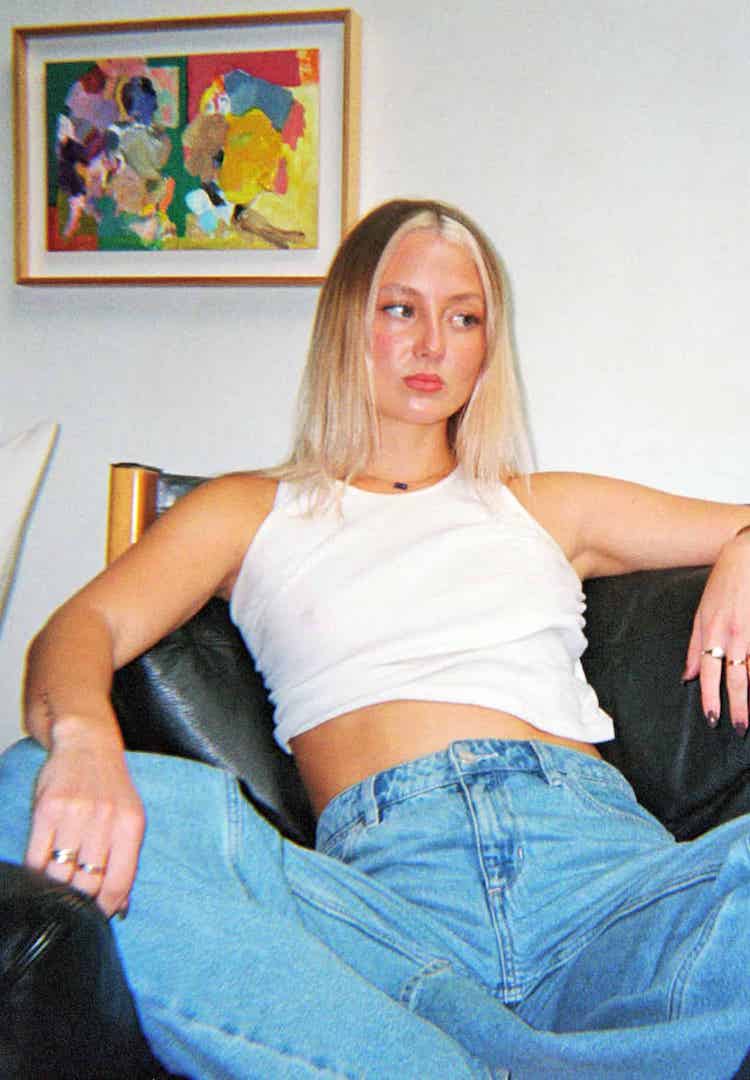What does it take to create a magazine from scratch? I asked 3 women who have done just that
IMAGE VIA @GUSHERMAGAZINE/INSTAGRAM
WORDS BY JASMINE ALAVUK
The definition of DIY.
Have you ever found yourself at the helm of an article or feature that has you gripping the glossy page, or toggle of a mouse, flipping or scrolling ardently through words and images that have you thinking: how on earth did this magic materialise?
Publications of the music and culture variety are the stuff of my teenage dreams, as I leaned in late at night, torch at the ready, absorbing stories from my favourite artists, musicians and creatives. The insight, design, type and imagery have long lulled me into a frenzy of escape, and I often wonder what creative juices need to flow in order for a publication to sing.
Looking for interesting reads? Head over to our Life section for more where this came from.
Enter three local founders and editors, who have laboured over music and culture content and created their own publications. Each journey is unique, but all are emboldened by ambition and the desire to innovate the publishing sphere.
Juliette Younger, Gusher Magazine co-founder and co-editor

What made you want to start a publication?
We [Juliette and Gusher‘s co-founder Isabella Trimboli] were frustrated about the poor representation of women in rock journalism – not only the lack of coverage and the (frequently) sexist depictions of artists, but also the exclusion of non-male voices at an editorial level. We wanted to create a platform for long-form, nuanced writing about rock music and culture that showcased a wider range of critical perspectives. We love art books and fashion magazines and felt the typical rock mag you would find in the news agency looked really dated. So we decided to make a thick, glossy publication that kind of looks like a fashion magazine, with graphics inspired by zines, pop art and old punk magazines. We had the passion and the vision for it. It was exciting and important to us, so we did it.
What went into the initial stages of starting it up?
The initial stages were coming up with the name (thanks, Isabella Trimboli) and designing the logo and branding. This was pretty DIY at this stage – I took on creative direction and design and taught myself everything as I went along. As co-editors, we mapped out the general editorial direction and writers we had in mind to commission. Then came working out how to pay for it. We crowdfunded the first issue on Pozible – people really rallied around the idea. From there, it was a matter of commissioning writing and artwork, shooting the cover and spending many late nights after uni editing, designing and pulling it all together.
We were very naive and printed with an on-demand style photo book printer, which cost a tonne and meant we didn’t see the magazine in print until hundreds of copies turned up at my share house in boxes. Fortunately, it turned out (mostly) great. We launched it with a gig at Freda’s in Sydney (RIP) where a bunch of our friends’ bands played. The issue was a big success for us – not financially, but that wasn’t the point. We moved onto Issue two, then three and four, each year with more knowledge, skills and grant money to evolve the magazine editorially, visually and as a business.
What challenges have arisen throughout different stages of creating your publication?
The main challenges have always been time and money. We’re a two-woman operation who have made each issue on nights and weekends when we’re not working or studying. Neither of us has money, so we spend a lot of time securing funding for each issue (via grants and advertising), to pay all contributors and cover printing costs. It’s certainly a labour of love.
What inspires your content and creative direction?
I think the magazine is equal parts serious and absurd. We’ll publish an essay about a music workers union (Joey ‘La Neve’ DeFrancesco) but will also commission hilarious reviews of 2000s rockstar reality TV shows (Brodie Lancaster). We’re inspired by great culture-writing, punks, stories about old forgotten artists or subcultures, weird or funny pop culture phenomena… the list goes on.
Erryn Ayres, Broader Lines founder and editor
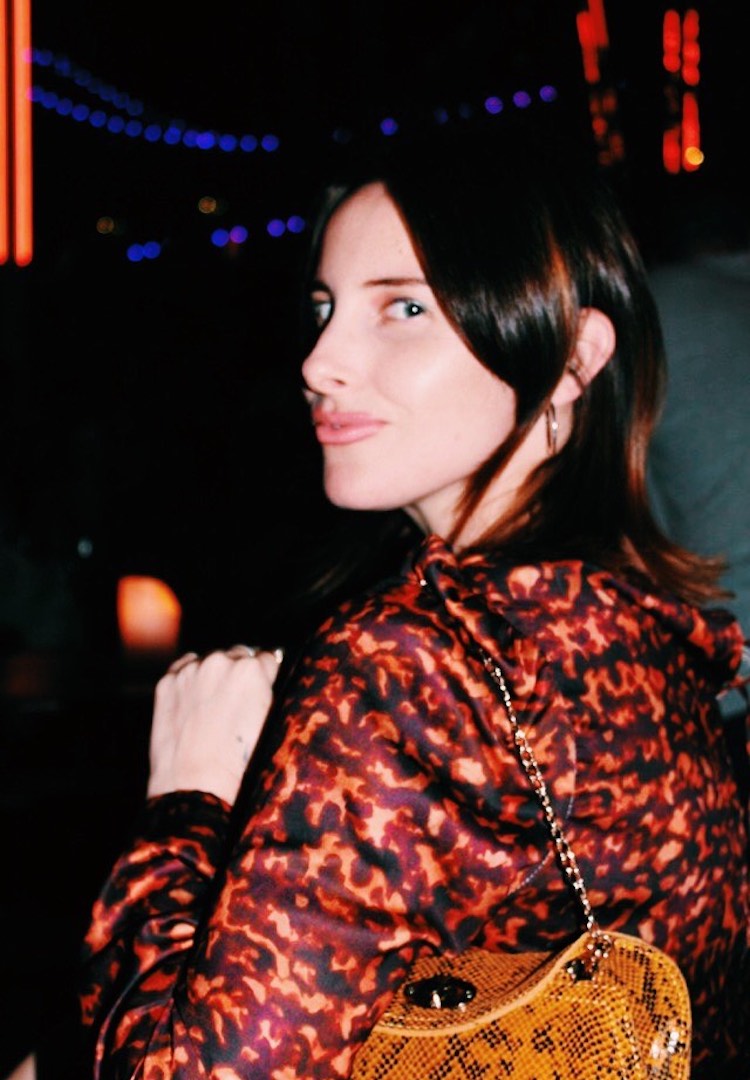
Have you always wanted to create a publication of your own? Why?
Sometimes I wish somebody else more capable had already dreamed it up and I could simply just pitch in occasionally from the sidelines. But the creation of a publication of my own enables a display of ethics and values to be represented unwaveringly and with clarity. I believe in amplifying the voices featured from an accurate, honest and organic place.
What do your day-to-day tasks look like?
Those tasks look a lot like emails. Lots of liaising with press contacts, contributors, editing and fielding of questions and queries to be done. I have a preference for achieving blocks of to-dos at a time, as opposed to chipping away slowly. In saying all that, some days I don’t touch the emails at all.
What challenges have arisen throughout different stages of creating your publication?
A glance at the site stats at any given month is very sobering indeed. Sometimes you’re well up, other times it feels like you’re typing into the abyss. You’re not running for the popularity, validation or approval of people you know. Everything balances out eventually if you’re in for the long game, so best not to let it break your stride. Only seek to control the things you can.
What inspires your content and creative direction?
Womxn. Featuring their stories. I’m particularly inspired to document mature voices that won’t be available forever. I’ve always strived to fight against the ageist attitudes that see mature voices pushed to the margins when they are deemed no longer ‘newsworthy’. Also, when appropriate, we do enjoy a lol. It’s important to me that character is strongly represented, whether that be from the narrator or subject matter directly. For me, successful creative direction equates to a recognisable, differentiated tone. Of course, not everyone has to embrace it. I think it’s quite fabulous when some corners can’t stand it.
What advice would you give to other creatives looking to create their own print or online publication?
Good content will always be valid content, however it’s presented. Go with what sticks and don’t over-explain what it is you’re here to achieve or desperately try to push an agenda of how you wish to be perceived. My goal is to always be way more impressive IRL than online because we all know how sad that is when it’s reversed. To avoid disappointment, don’t place expectations upon anyone or anything but yourself and don’t demand anyone do something you’re not willing to do yourself.
It’s a lot of work for very little reward, but a slow and steady approach leads to a sustainable template. If it’s accolades and instant gratification you crave, I’d say turn your attention elsewhere. If you are capable of self-managing on very little feedback and believe you can not only fill but stretch a space that no other publication has yet locked into, that’s your ammunition and incentive to repeatedly show up.
Monica Nakata, Oyster Magazine co-founder

How did you decide to start a publication?
In the early ’90s, we had a music paper – similar to Beat in Melbourne – [and] it was called 3D World. I was about 19 when I got involved and what I noticed was that there were a lot of magazines that weren’t really catering for a young demographic such as mine unless it was a pure music title, like Rolling Stone, or women’s titles, like Dolly and Cleo or Vogue. So there wasn’t anything for our generation. I also noticed there were a lot of really interesting, creative skills that were coming out of young people, out of art and design schools, and there wasn’t really a platform for them to be showcased. I wanted something that was a platform to discover talent and explore youth culture on a more reactive level.
What did your day-to-day tasks look like?
I worked a lot with the editor – discussing what was happening in the world, and coming up with concepts. We sourced talent, worked with the editorial staff and looked into how we could make money through creative advertising opportunities. Because we were such a small team, everybody took on larger roles. The day-to-day tasks always varied, but it was mostly based on getting up, finding out what’s happening, having meetings first thing in the morning, working out where we’re at, who we’re targeting for editorial content and looking for great contributors.
What inspired your content and creative direction?
I was very ambitious and wanted to make a statement with the magazine. In the beginning, I wrote a few stories about social issues, which morphed into interviewing, instead of a more journalistic approach. We started working on photographic reportage, which is a medium that was far more translatable to our demographic. I think the content was very much a creative collaboration. There was a lot of brainstorming – a lot of people were involved. We encouraged our contributors to approach us with interesting things that they had experienced in their journeys in life and their travels. We didn’t have Google then, so everybody had to bring their experiences and relive that through writing and photography, which was very authentic.
What advice would you give to other creatives looking to create their own print or online publication?
I think you need a point of difference. Not only do you need to be passionate about the media proposition that you’re thinking of launching, you also need to look at what your point of difference is, and be authentic with how you translate that information.
Eager to learn more about publishing? Try this.

